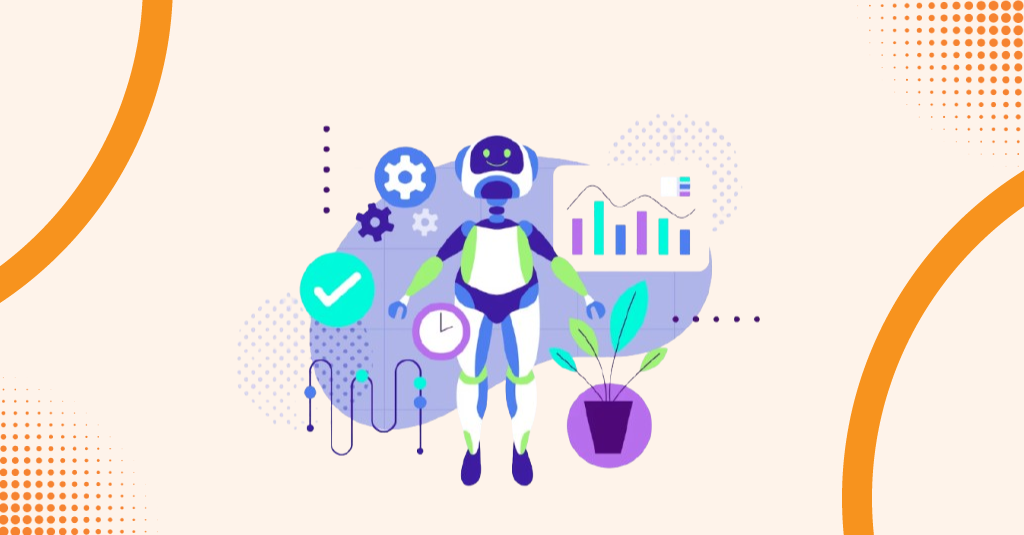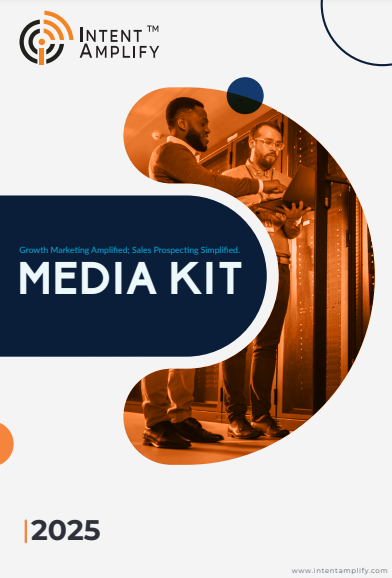
ICP vs Intent Data: Why ICI (Intent, Context, and Insights) Is the Smarter B2B Targeting Framework
- Last updated on: June 18, 2025
Let’s start with a quick reality check.
If you’re still relying on your Ideal Customer Profile (ICP) to drive B2B outreach in 2025, you might be playing yesterday’s game in today’s stadium. The ICP tells you who to target but not when, why, or how to approach them.
Think of it this way: having an ICP is like owning a great map. But if the roads have changed, and the destination is moving, that map alone won’t get you where you need to go. That’s where the ICI framework, Intent, Context, and Insights step in to guide modern, precision-driven B2B marketing.
So, what exactly makes ICI a smarter strategy than ICP or intent data alone?
Let’s break it down in plain English.
Why ICP Alone No Longer Cuts It
The ICP has long been the go-to starting point. It defines the companies you should be selling to based on firmographics like industry, size, location, revenue, and tech stack.
But here’s the catch: it’s static.
An ICP can’t tell you if the company is in-market. It won’t reveal whether their budget was just frozen or if they recently signed a deal with your competitor. You might be targeting the right account at the wrong time.
That’s like showing up to a party with the perfect gift… after everyone’s gone home.
Learn more: What Is an Ideal Customer Profile (ICP)? – HubSpot
Intent Data: Better, But Still Not Complete
Intent data helped move the needle.
It shows you who’s actively searching for topics related to your product. You get signals from third-party platforms like G2, Bombora, or Demandbase based on what your prospects are reading or researching.
Sounds promising, right?
Well, kind of.
Intent data tells you someone’s interested in “cybersecurity software,” but doesn’t explain who they are, why they’re looking, or whether they’re in a decision-making role. In short, intent shows activity but not always relevance.
It’s a powerful piece of the puzzle. But only a piece.
Explore further: How Buyer Intent Data Works – Bombora
ICI: The B2B Framework That Gets It Right
The real magic happens when you combine Intent, Context, and Insights.
Let’s look at how each piece plays a critical role.
1. Intent – Who’s Actively Exploring?
Intent tells you which accounts are showing buying behavior, researching your solution category, comparing vendors, or reading competitor reviews.
In other words, you’re not just guessing who to target. You’re identifying signals from people who are already exploring what you offer.
But don’t stop there.
2. Context – What’s Changing in Their World?
Context gives depth to intent.
Did the company just raise Series B funding? Hire a new CIO? Expand into a new market? These contextual clues are critical. They add meaning to the activity you’re seeing.
By layering in context pulled from LinkedIn, Crunchbase, or company news, you gain insights into why now might be the right time to engage.
This transforms your messaging from “Can we talk?” to “We noticed you’re expanding into healthcare. Here’s how we’ve helped similar companies scale securely.”
That’s the difference between being a vendor… and being relevant.
3. Insights – What’s Driving Engagement?
Insights complete the picture.
They help you understand how deeply someone is engaging with your brand: Did they read three blog posts? Rewatch your demo video? Share your whitepaper internally.
These are your hottest leads. Not just those who clicked, but those who lingered.
Insights also help prioritize who your sales team should talk to today, not just who fits your ICP According to Forrester, teams that apply deep insights to their targeting strategies can boost lead-to-opportunity conversions by up to 70%.
That’s not a tweak. That’s a leap.
A Quick Real-World Example
Last year, we spoke to a VP of Marketing at a mid-sized AI security company. They were frustrated, hitting all the right ICP notes, but leads weren’t converting.
They added an ICI to their workflow. They began tracking:
- Intent signals from G2
- Contextual triggers like funding and executive moves from Crunchbase.
- Behavioral insights from their CRM and website
They built a small, high-focus campaign targeting just 12 accounts that hit all three metrics.
Within 10 days:
- 4 demo calls booked
- 2 became qualified opportunities
- One deal worth $390,000 closed in under 30 days.
No spam. No “spray and pray.” Just intelligent targeting.
How to Build Your ICI Strategy
You don’t need a large team or a massive budget to get started. Just follow these steps:
- Start with your ICP. It’s still the foundation, but not the finish line.
- Use intent data tools. Platforms like Bombora, Demandbase, and 6sense are great starting points.
- Track contextual events. Use LinkedIn alerts, job changes, funding rounds, and company news to uncover key moments.
- Layer on behavioral insights. Use CRM data, email engagement, and web analytics to understand interest levels.
- Prioritize accounts with high ICI scores. Focus on timing, not just targeting.
- Test and optimize. Measure response rates and refine your campaigns based on performance.
The Real Takeaway
Modern B2B buyers aren’t just looking for features or benefits. They want relevance, timing, and trust; they don’t want cold calls. They want useful conversations.
ICP is a great place to start. Intent data adds heat. But when you bring in context and insights, everything clicks.
With ICI, you’re not guessing who to call next; you’re confidently calling the right people, at the right time, with a message that lands.
And in today’s crowded market? That’s how you get noticed and how you win.
FAQs
- Is ICI replacing ICP altogether?
No, ICI builds on top of ICP. Your Ideal Customer Profile remains important, but ICI adds real-time intelligence to make it actionable. - Where can I get intent data?
Platforms like Bombora, G2, 6sense, and Demandbase track and aggregate buyer intent data across websites, reviews, and search behavior. - What are examples of context signals?
Executive hires, funding news, product launches, geographic expansion, or mergers and acquisitions all signal potential buying readiness. - How do insights differ from intent?
Intent tells you someone is researching. Insights show how they’re engaging with your brand, visiting your site, opening emails, and watching demos. - Can small teams implement ICI successfully?
Yes. Many tools offer scalable pricing. Even with limited resources, small teams can combine free context tools with CRM and web data to start small and grow from there.
Want to see how ICI works in action?
Visit Intent Amplify and explore how smarter targeting can elevate your pipeline strategy.




